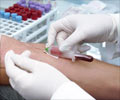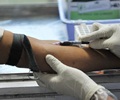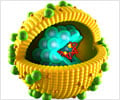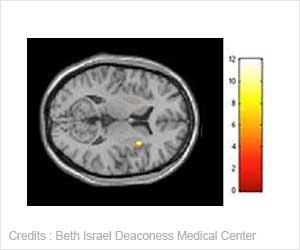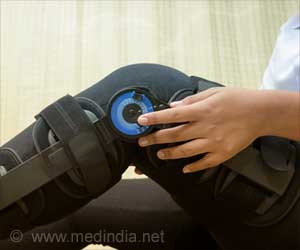BIDMC researchers develop decision-making tool to benefit patients with Chronic Hepatitis C (HCV). The online scoring system, called the BE3A score, assesses five baseline factors - body mass index, encephalopathy, ascites and serum levels of alanine aminotransferase and albumin.
An online scoring system that helps predict treatment outcome – benefits and side-effects, has been developed by a research team at the Beth Israel Deaconess Medical Center.
An estimated 3.5 million people in the United States have chronic hepatitis C (HCV), according to the Centers for Disease Control and Prevention. It is the most common cause for cirrhosis and liver cancer in the United States and the leading indication for liver transplantation. While recently developed direct anti-viral agents (DAAs) have proven to be a highly effective treatment option for many patients with HCV, those with decompensated HCV cirrhosis or liver failure may experience little to no improvement in liver function following eradication of HCV.
TOP INSIGHT
An online scoring system, called the BE3A score, that assesses 5 baseline factors - body mass index, encephalopathy, ascites and serum levels of alanine aminotransferase and albumin, helps doctors to choose the right therapy for chronic hepatitis C patients.
The researchers led a retrospective analysis of four randomized clinical trials focused on the effects of DAA therapies in patients with HCV-associated liver failure, and developed a new means of predicting improvement in liver function in response to DAA treatment. The online scoring system, called the BE3A score, assesses 5 baseline factors (body mass index, encephalopathy, ascites and serum levels of alanine aminotransferase and albumin) to provide physicians with a shared decision-making tool to quantify the potential benefits of DAA therapy for patients with decompensated cirrhosis.
"
Doctors and patients need to decide when a patient should receive HCV treatment in the setting of decompensated cirrhosis from HCV and whether to treat before, or defer treatment until after liver transplant," wrote study authors Michael P. Curry, MD, Section Chief of Hepatology at BIDMC and Z. Gordon Jiang, MD, a translational investigator at BIDMC's Liver Center. "Our study combined all of the data from smaller studies, allowing us to have a large enough sample size to determine predictors of improvement in liver function. With this analysis, we created a tool for shared decision-making for doctors and patients in this exact clinical scenario. "
Source-Eurekalert
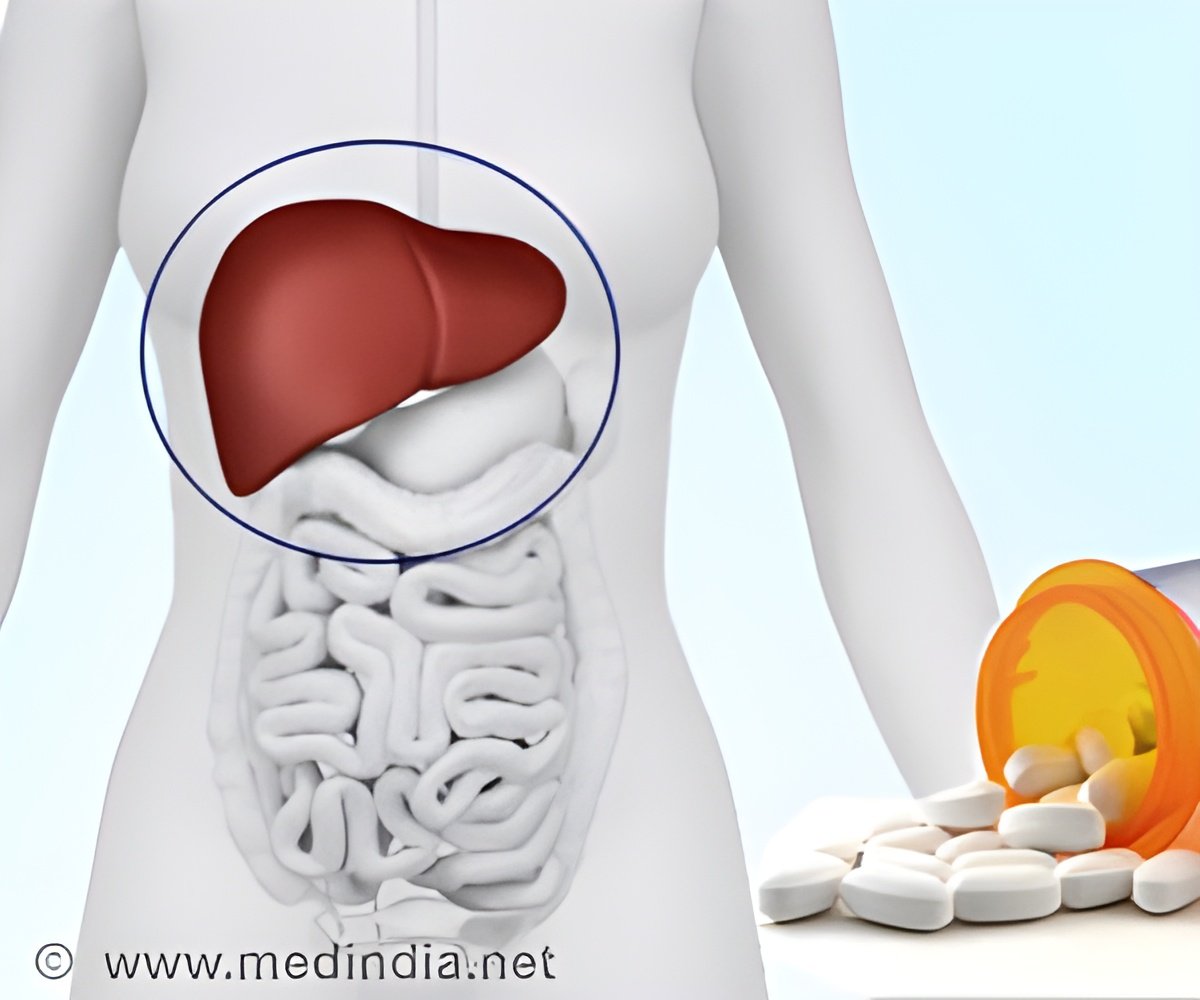
 MEDINDIA
MEDINDIA

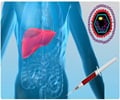

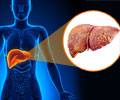
 Email
Email

